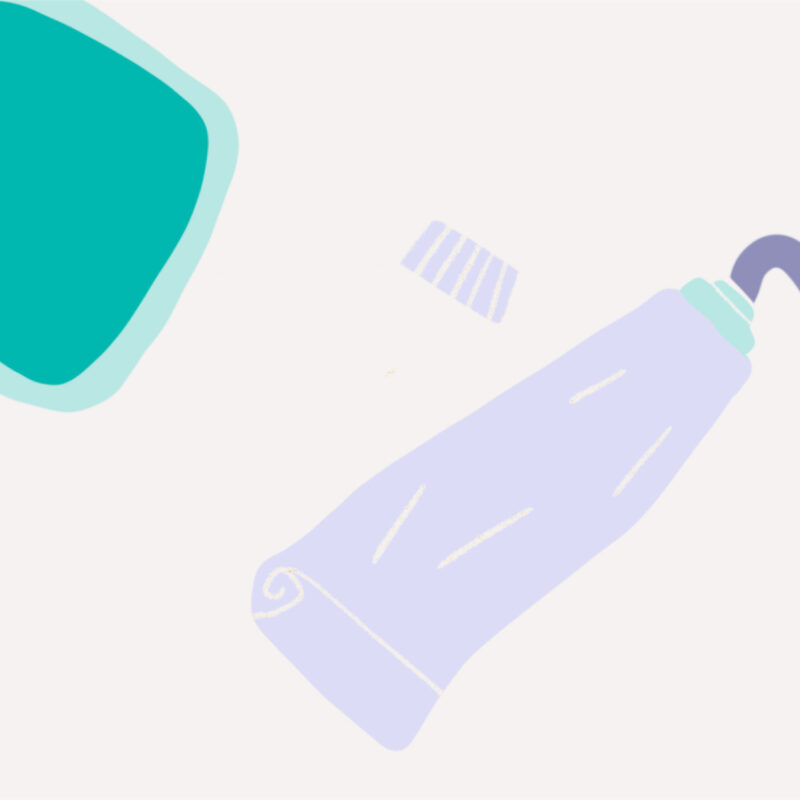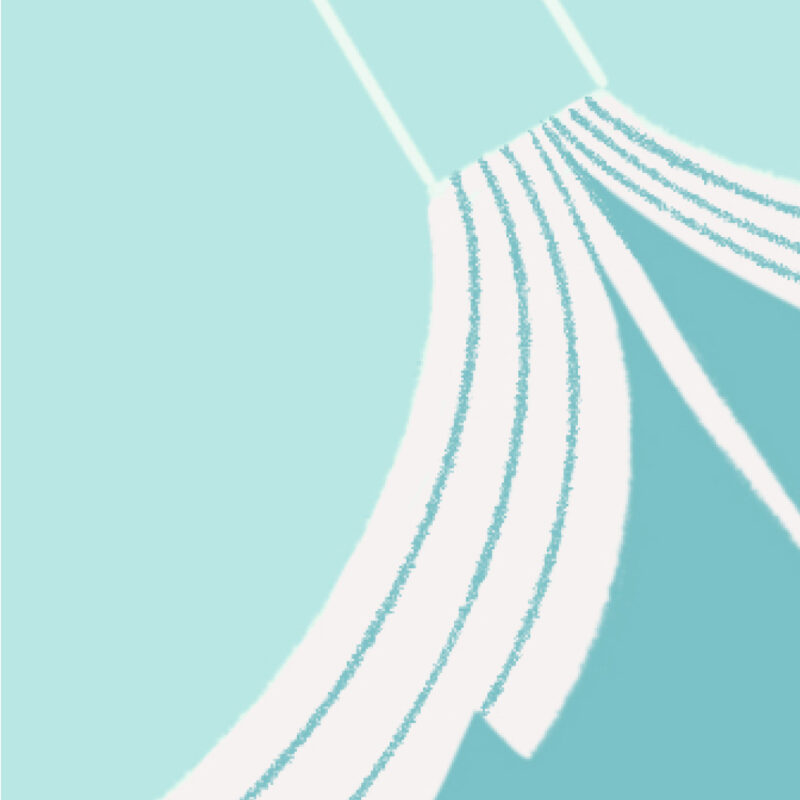Oestrogen in patches, gels or sprays Factsheet
What is the difference?
Oestrogen is the main hormone in hormone replacement therapy (HRT). Lack of oestrogen is the cause of most perimenopausal and menopausal symptoms. The oestrogen in HRT can be given as a tablet, patch, gel or spray. At Newson Health, we usually recommend that our patients have transdermal oestrogen, which means that women have either the skin patches, gel or spray. In addition, we usually prescribe the oestrogen separately to any other hormones you may need, so the dose can be more easily adjusted.
RELATED: The power of 3: the role of oestrogen, progesterone and testosterone
How are the patches used?
The patches are usually changed twice a week - for example, if you put one on a Monday then you change it on a Thursday.
They should be stuck onto your skin below your waist. Most women stick them to the skin on their bottom or upper thigh.
The patches usually stick on well and stay in place in the shower, bath or when exercising. A plaster mark sometimes occurs when they are removed. Using baby oil or eye makeup remover and a dry flannel is effective at removing these marks.
RELATED: How to apply HRT patches
How is the gel used?
The oestrogen gel usually comes in a pump-action bottle called a ‘pump pack’. The gel should be applied to the outer part of your arm, from your shoulder to your elbow, and to your inner thigh. It can also be rubbed on other sites of your body (although not advisable on your breasts). We can confirm, despite what the leaflet insert says, it is preferable to rub the gel into the skin as this aids absorption.
Your doctor will recommend how many pumps of the gel you need to use. Some women use the gel in the morning, others in the evening and some women use it in both the morning and evening.
Most women use between two and four pumps of gel, but the actual amount varies between women. Generally, younger women need more oestrogen than older women.
The oestrogen gel is also available in small sachets and comes in two different doses.
The gel usually gets absorbed into your body very easily. You should avoid using other products on your skin for up to an hour after you have rubbed in the gel and ensure you wash your hands well after applying it.
RELATED: Oestrogel and Sandrena
How is the spray used?
The spray should be applied to clean, dry, healthy skin of the inner forearm, in areas that do not overlap. If that is not possible, it should be applied on your inner thigh. Absorption is lower if you apply it to your abdomen, and oestrogen in patches, gels or sprays should not be applied to your breasts. Your doctor will recommend how many sprays to use and how often. The most common dose for Lenzetto is between one and three sprays a day. It can be very common for younger women to need higher doses of Lenzetto and this is safe.
You can get dressed two minutes after applying the spray but leave 60 minutes before bathing or washing. There is no need to rub the spray in.
RELATED: Lenzetto: Oestrogen-only spray
What are the advantages of oestrogen as a patch, gel or spray?
Newson Health usually recommends that women have oestrogen through the skin as a patch, gel or spray (transdermal oestrogen). There are numerous reasons for this, including:
- The oestrogen is absorbed straight into the body and does not have to be digested.
- There is no increased risk of clot or stroke using transdermal oestrogen, at standard doses. Taking oestrogen as a tablet leads to the liver clotting factors being activated, so there is a small increased risk of clot and stroke in women who take oestrogen in tablet form.
- Transdermal oestrogen can be used by women with migraines. Migraines can often become more severe and more frequent in the perimenopause and menopause – HRT usually improves migraine symptoms. As there is a small increased risk of stroke in some women who have migraine, it is safer and advisable to take oestrogen as a patch, gel or spray.
- Transdermal oestrogen does not worsen libido. Taking oestrogen as a tablet, however, can increase levels of Sex Hormone Binding Globulin (SHBG), which binds to testosterone – this effect can result in a lower libido. Taking oestrogen in a patch, gel or spray does not have this effect.
- The dose of transdermal oestrogen can be changed easily. It is very common that younger women need to have higher doses of oestrogen than older women. In addition, many women find that their oestrogen requirements change with time. It is very easy to either adjust the strength of the patch, or the amount of gel or spray used.
If you still have your uterus (womb), then you will also need to take progesterone to protect the lining of your womb, as taking oestrogen by itself can increase the thickness of the lining of your womb – taking progesterone reduces this effect. The progesterone is usually given as a tablet, but it can also be given in the form of a coil inserted into the womb (uterus). The Mirena® IUS (coil) can be beneficial to those women who also need contraception.
RELATED: Micronised progesterone or Utrogestan factsheet
RELATED: The Mirena coil or Intrauterine System (IUS)
Increasing the dose of your oestrogen does not usually mean that you need to change the dose of your progesterone.
Note: There are many different preparations of HRT and if one type does not suit you, it is very likely that another type will suit you.




![What is the menopause and when does it begin? [Skill Boosters Video]](https://balance-menopause.com/uploads/2019/03/Knowledge-800x800.jpg)
